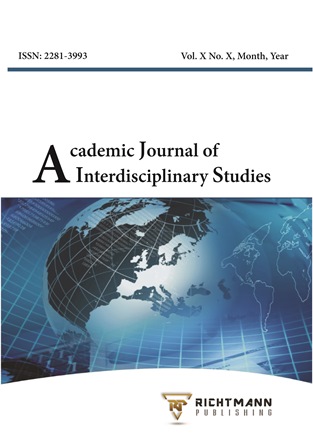Anthropocene / Climate Fiction: A Study of Kim Stanley Robinson's New York 2140
DOI:
https://doi.org/10.36941/ajis-2023-0066Keywords:
Climate fiction, Anthropocene Fiction, Critical Utopia, Kim Stanley Robinson, New York 2140Abstract
Global warming is one of the most concerning problems in today’s world, especially since the early decades of the 21st century. Several scientists, as well as writers, have attempted to illuminate the negative consequences of climate change in their work. In addition, climate fiction has emerged as an important type of science fiction to investigate and raise awareness about anthropogenic climate change. Kim Stanley Robinson, an American science fiction writer whose oeuvre includes climate fiction, has produced several works that focus on illuminating the catastrophic consequences of anthropogenic climate change. His 2017 novel New York 2140 is a case in point. This paper aims to elucidate the effects of climate change on human life. As an example of "Anthropocene" fiction, New York 2140 is also concerned with showing the intricate relation between capitalism, politics, and the environment. In addition, this paper intends to show how Robinson, in his novel, does not only focus on magnifying the negative consequences of global warming but also on how his utopian perspective is revealed by his depiction of how people adapt successfully to this catastrophe.
Received: 1 December 2022 / Accepted: 12 April 2023 / Published: 5 May 2023
Downloads
Downloads
Published
Issue
Section
License

This work is licensed under a Creative Commons Attribution-NonCommercial 4.0 International License.
This work is licensed under a Creative Commons Attribution-NonCommercial 4.0 International License.








